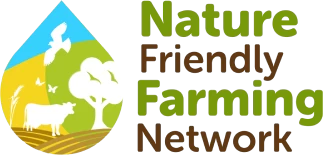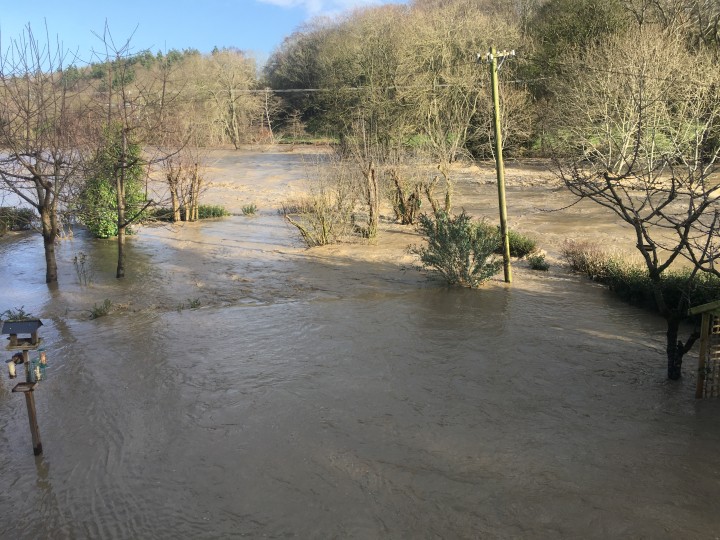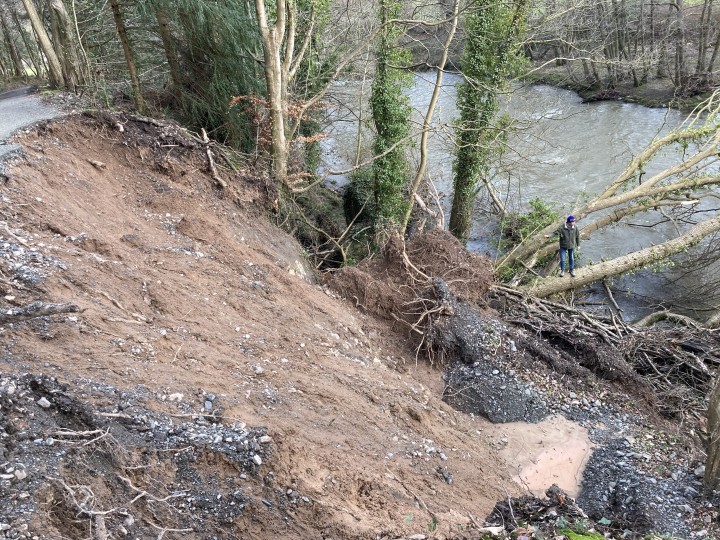Meet Sam, who farms in Glanllyn Farm in North Wales, producing meat in her lowland farm on the banks of the River Elwy in the Vale of Clwyd. Sam’s 160-acre holding comprises 60 acres of woodland and 55 acres of permanent pasture.
Key facts:
Sam’s flood prevention measures are key to climate mitigation and help to protect her local community from the threat of frequent floods
Nature-based solutions use the tools that nature already provides to address issues resulting from poor land management in the past
Sam has been farming at Glanllyn for five years and has been implementing nature-friendly restoration work for three





